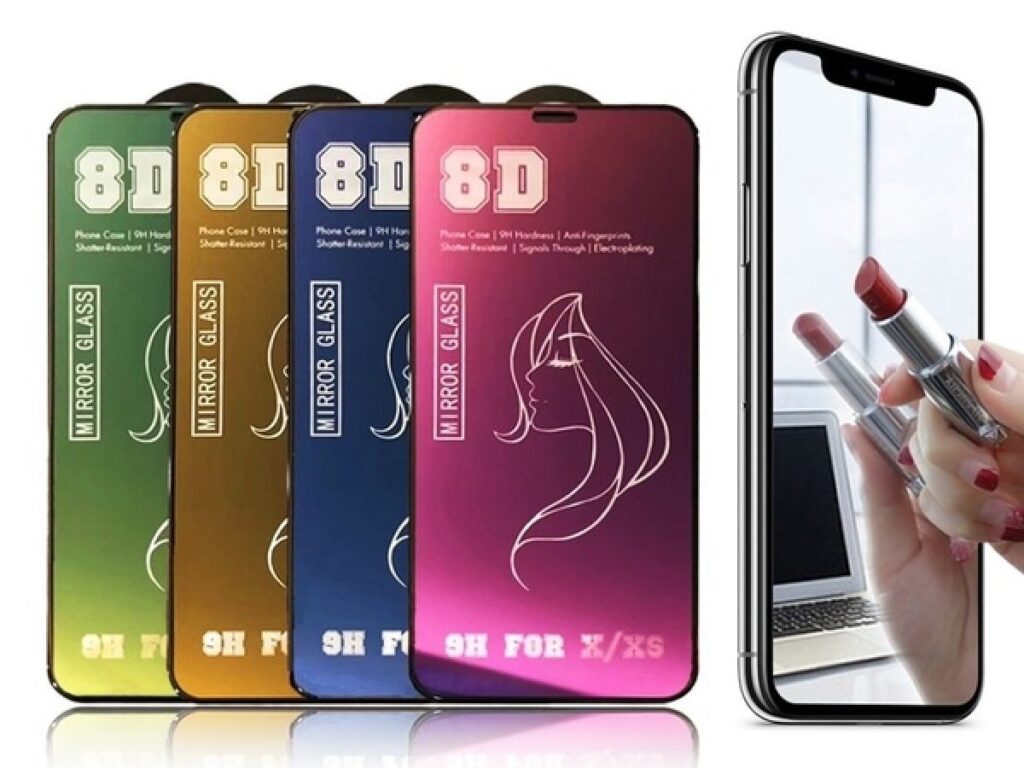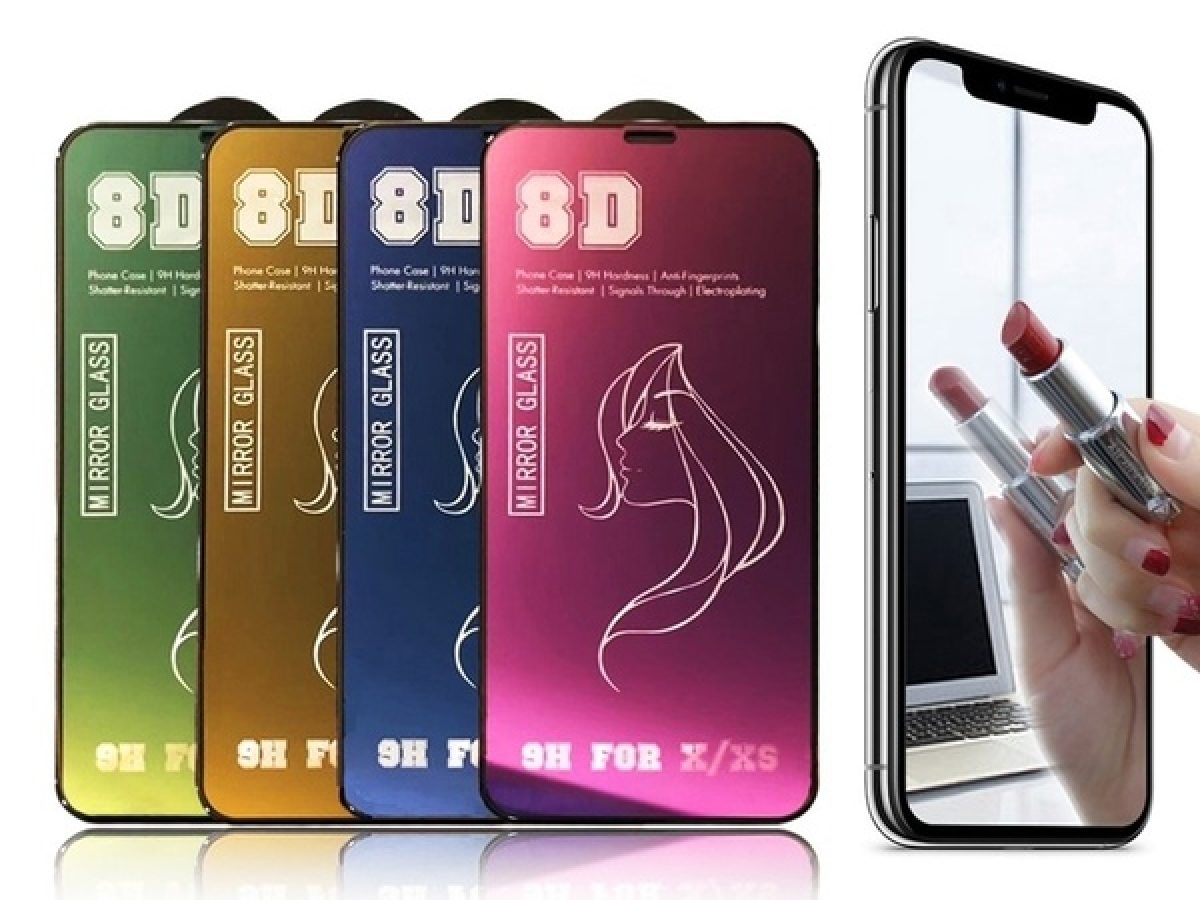The term “11D glass” often sparks curiosity, especially in the context of smartphone screens, tempered glass protectors, and other tech-related applications. But what does “11D” actually mean, and how thick is this type of glass? In this article, we’ll break down the concept of 11D glass, its thickness, and why it matters, all while keeping things clear and concise.
What Is 11D Glass?
The “11D” label is primarily a marketing term used to describe tempered glass screen protectors, particularly for smartphones. It doesn’t refer to a scientific measurement or an actual 11-dimensional structure. Instead, it highlights the glass’s advanced design features, such as:
- Curved Edges: 11D glass is crafted to wrap around the edges of a device’s screen, providing seamless coverage.
- Enhanced Durability: It’s typically made from high-quality tempered glass, offering superior scratch resistance and impact protection.
- Smooth Touch Experience: The term suggests a premium feel, with polished edges for comfortable swiping and handling.
The “D” in 11D doesn’t stand for “dimensions” in the mathematical sense but is more of a branding tactic to signify an upgrade over earlier designations like 9D or 10D glass, which also describe curved tempered glass.

How Thick Is 11D Glass?
The thickness of 11D glass varies depending on its intended use, but it typically falls within a standard range for tempered glass screen protectors:
- Standard Thickness: Most 11D glass screen protectors are 0.2 mm to 0.4 mm thick. The most common thickness is around 0.33 mm, striking a balance between durability and touch sensitivity.
- Factors Affecting Thickness:
- Device Compatibility: Thicker glass (e.g., 0.4 mm) may be used for larger devices or those requiring extra protection, while thinner glass (e.g., 0.2 mm) is preferred for sleeker designs.
- Manufacturing Quality: Premium 11D glass often undergoes precise tempering processes, which can slightly influence thickness to ensure strength without bulk.
- Adhesive Layer: The total thickness may include a thin adhesive layer (e.g., silicone or acrylic), which adds a negligible amount to the overall profile.
For context, a typical smartphone screen protector is designed to be thin enough to maintain touch responsiveness while being strong enough to absorb impacts. 11D glass achieves this through advanced manufacturing techniques, such as chemical tempering, which enhances its strength without significantly increasing thickness.
Why Does Thickness Matter?
The thickness of 11D glass plays a critical role in its performance:
- Protection vs. Usability: Thicker glass offers better impact resistance but may slightly reduce touch sensitivity or add bulk to the device. Conversely, thinner glass feels more natural but may compromise on durability.
- Aesthetic Appeal: 11D glass is designed to blend seamlessly with the phone’s display, and its slim profile ensures it doesn’t detract from the device’s sleek design.
- Installation Ease: Thinner 11D glass is often easier to install without bubbles or misalignment, especially on curved screens.
How Does 11D Glass Compare to Other Types?
To put 11D glass in perspective, here’s how it stacks up against other screen protector types:
- 9D Glass: Slightly less curved and may not cover the screen edges as fully as 11D. Thickness is similar, around 0.2–0.4 mm.
- Plastic Film Protectors: Much thinner (0.1–0.2 mm) but less durable and prone to scratches compared to 11D glass.
- Gorilla Glass: Found on phone displays themselves, Gorilla Glass is typically 0.4–0.7 mm thick and designed for the device’s primary screen rather than as an add-on protector.
The key advantage of 11D glass is its edge-to-edge coverage, which provides a more comprehensive shield for modern smartphones with curved displays.
Practical Considerations for 11D Glass
When choosing or using 11D glass, keep these points in mind:
- Compatibility: Ensure the glass is designed for your specific device model to avoid fit issues.
- Installation: Proper alignment is crucial for curved 11D glass to adhere correctly and avoid lifting at the edges.
- Maintenance: Clean the glass regularly with a microfiber cloth to maintain clarity and touch sensitivity.
Conclusion
11D glass is a premium tempered glass screen protector, typically 0.2–0.4 mm thick, with a common thickness of around 0.33 mm. Its “11D” designation emphasizes its curved, edge-to-edge design and enhanced durability rather than an actual dimensional measurement. By offering a balance of protection, aesthetics, and usability, 11D glass is a popular choice for safeguarding modern smartphone displays. When selecting 11D glass, consider your device’s needs and the protector’s compatibility to ensure optimal performance.
